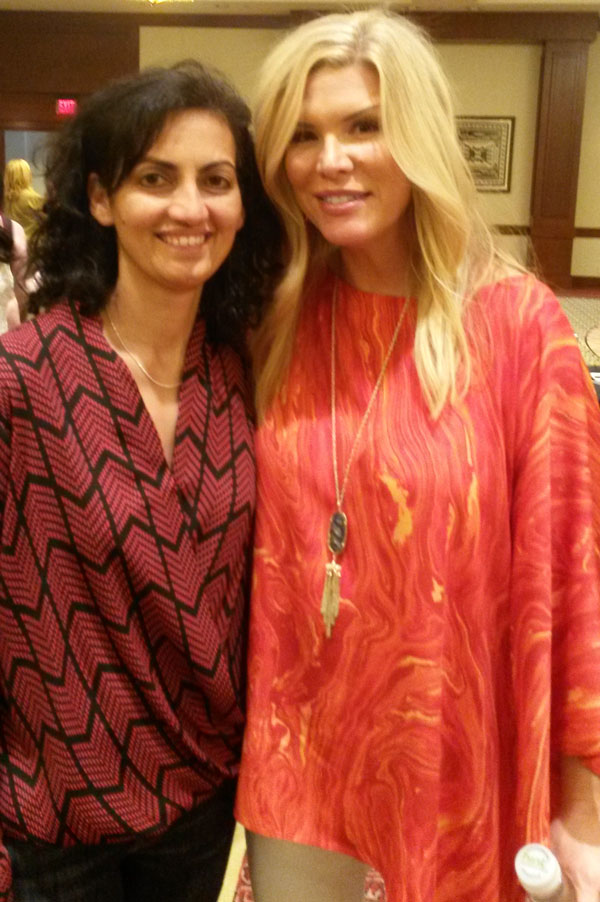We all run up against our fears from time to time. Recently, I've been helping clients work through fears around transitions. For some clients, the fear is around wanting to leave their current company, and what might happen if they did. But that same fear can come up even when you’re considering a new role within the same company.
Moving past fear is a critical leadership skill. As an executive coach, I help clients reframe their fears so they can achieve their goals. I do this from a place of understanding, from my experiences coaching others and from my own career transitions. In 2008, I walked away from an executive position at Deloitte to start my own business. This meant tackling a couple of big fears that are common among high performers. The first was a fear of failure. I had worked hard my entire life to be successful, so taking a huge chance on something that might not work was a big deal for me. The second issue, one of self-doubt, I dealt with early on in my career. In 1995, I left my job without having another one lined up. At the time, I felt confident about my decision. But I totally underestimated how others would view my choice. They questioned and challenged me, and I began to wonder if I had made a big mistake.
What got me through my fears was the power of the vision I had for my life and the steps I took to address each fear. I realized that I cared more about achieving my vision than what others thought of my choices. If you haven't already, try the visioning exercise featured on the blog recently. The answers to this exercise can really help ground you and help you reconnect to what's important when you find yourself hesitating or feeling afraid.
Take a look at some of the strategies that I use to help my clients when they're experiencing fear or anxiety, and see what resonates for you.
Talk back to your gremlins. Many of us engage in harsh self-talk, especially when we expect a lot of ourselves. Maybe you're thinking about leaving your company for new opportunities, but your inner voice keeps saying, "You'll never find a job that is better than this one. You’re crazy to leave this well-paid position and start over somewhere else." It's important to realize that this inner voice isn't always reliable. Usually it's simply your fear of change trying to be heard.
Dig deep. Find out what's really behind your fear. When you can zero in on what's scaring you, it's much easier to overcome. In 2008, when I realized that my fear of failure was holding me back, I realized that I had to start by defining success.
Turn mountains into mole hills. A big decision like a job transition can feel so overwhelming that you may start procrastinating. To help you move forward, turn your big goal into smaller, achievable action steps. Just remember that you don't have to make that big leap and climb that mountain all in one day. Small steps lead to big results.
Imagine the worst-case scenario. This might seem counterintuitive, but imagine your worst fear playing out. What would happen? How bad could it really be? Then ask yourself what you would do if that worst-case scenario started to happen. Chances are, when you really think it through, you'll realize that you would survive just fine and would take action way before life got that miserable. When I played out my fears about what would happen if I failed at my own business, I realized that the worst that could happen is that I'd have to go back to consulting, possibly start traveling again and be well-paid. That wasn't my dream at the time, but it really wasn’t so bad.
Get a cheering squad. We all need our fans around us when we go through change. Surround yourself with and ask for support from people who care about your success, from family and friends to mentors and coaches.
It's natural to feel some fear or anxiety from time to time, especially when big changes are on the horizon. These strategies will help keep you from getting stuck in uncertainty. Choose one to try this week, and let me know how it goes.





















